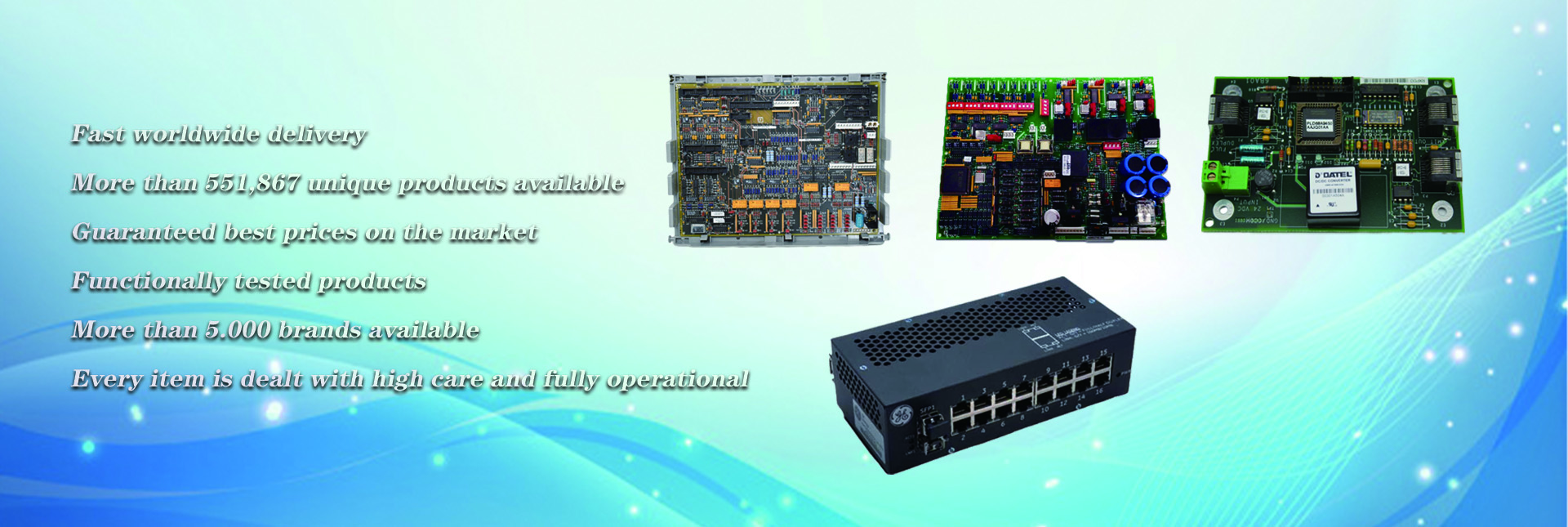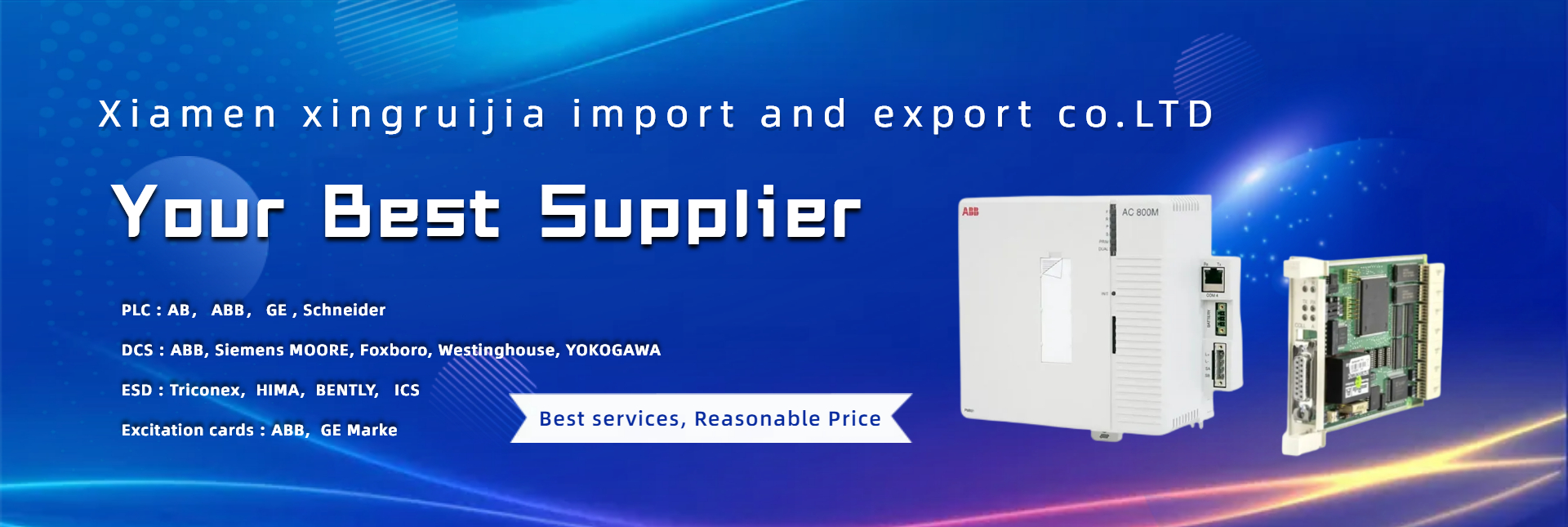1. PLC is a relatively mature control system composed of single chip microcomputer, and it is the product of a mature and stable single chip microcomputer application system that has been debugged. It has strong universality.
2. Microcontroller can constitute a variety of application systems, with a wider range of applications. As far as “single chip microcomputer” is concerned, it is only an integrated circuit, which can only be applied if it forms a system with other components and software.
3. From the perspective of project use, for single projects or projects with few repetitions, the use of PLC is fast and convenient, with high success rate, good reliability, but high cost.
4. For large supporting projects, the use of single-chip system has the advantages of low cost and high efficiency, but it requires considerable R&D strength and industry experience to make the system stable.
In essence, PLC is actually a set of well done single chip microcomputer (single chip microcomputer has a wide range) system.
But PLC also has its characteristics: PLC widely uses ladder diagram instead of computer language, which has certain advantages for programming. You can understand ladder diagram as a programming language just like assembly and other calculator languages, but the scope of use is different! And it is usually done by PLC software to convert your ladder diagram into C or assembly language (determined by the CPU used by PLC), and then compile it into machine code using assembly or C compilation system! PLC only runs machine code. The ladder diagram just makes it easier for users to use.
As said, the MCS-51 microcontroller can also be used for PLC production, but the 8-bit CPU can be used in some advanced applications, such as: a large number of operations (including floating point operations), embedded systems (now UCOS can also be transplanted to MCS-51), and so on. However, with DSP, it can meet the general requirements, and also use ladder programming. We can convert the ladder diagram to C51 and then use KEIL’s C51 to compile. We can also find that different types of PLCs will choose different CPUs, which actually shows that PLC is a set of well done single-chip systems.
In this case, of course, it is also possible to directly develop the control system with a single chip microcomputer, but the requirements for developers are quite high (not generally competent), and the development cycle is long, High cost (For some large-scale systems, you need to do experiments, and the printed circuit board will cost a considerable amount of money. You can say that you use an emulator to develop with the experimental board, but I want to tell you that you just verify the feasibility of hardware and software, and it does not mean that it can be used in industrial control systems. Because industrial control systems have very high requirements for anti-interference, stability first, not performance first, so your circuit The board design must be continuously tested and improved). When you solve the above problems, you will find that you have built a PLC. Of course, if you want others to use it easily, you also need a set of software, so you don’t need to tell others about your circuit. You can’t tell anyone.
In fact, PLC is not mysterious. Many PLCs are very simple. In addition to the fast speed of their internal CPU, other functions are not as good as ordinary single chip computers. Generally, the PLC uses a 16 bit or 32 bit CPU with 1 or 2 serial channels to communicate with the outside world. It can only have a timer inside. To improve the reliability, the problem of adding a watchdog timer will be solved.
In addition, the key technology of PLC is that it has solidified a program and auxiliary communication program that can interpret ladder diagram language. The efficiency of ladder diagram language interpretation program determines the performance of PLC, and the communication program determines the difficulty of exchanging information between PLC and the outside world. For simple applications, it usually operates in the form of an independent controller, without exchanging information with the outside world, and only requires a program that can interpret ladder diagram language. In fact, the main task of designing PLC is to develop programs to interpret ladder diagram language. Now the single-chip microcomputer can completely replace the PLC. Due to the weak stability and anti electromagnetic interference ability of the previous single chip computer, it is impossible to compare with PLC. The current single chip computer has achieved high stability and strong anti-interference ability, which has been replaced in some fields.
Post time: Dec-27-2022


